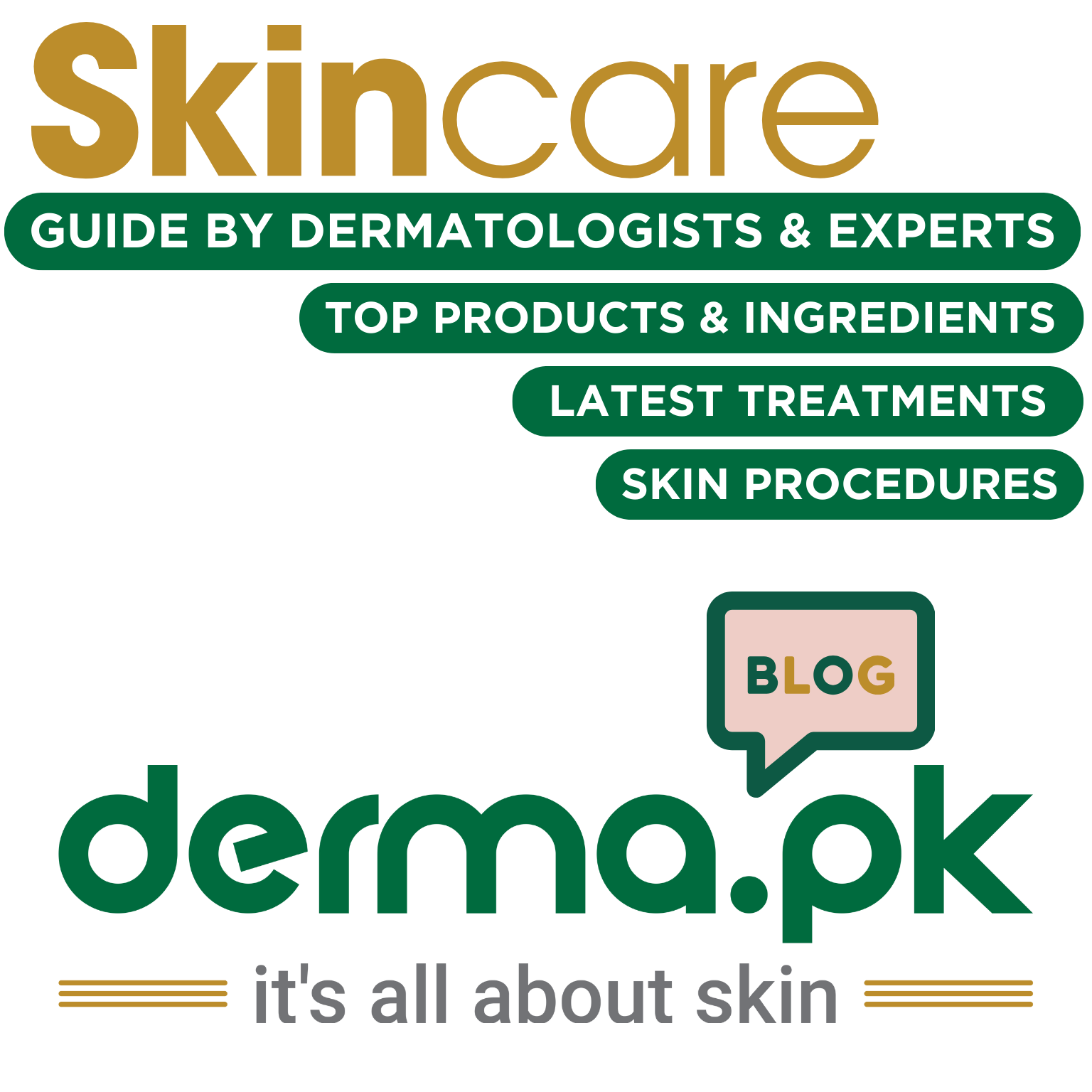Gum reshaping, also known as gum contouring, is a dental procedure that reshapes the gum line to improve the appearance of your smile. It can be used to address a variety of concerns, such as:
- Gummy smile: This is when the gums cover too much of the teeth, making them appear short.
- Uneven gum line: This can make the teeth look misaligned or crooked.
- Receding gums: This is when the gums have pulled away from the teeth, exposing the roots.
Purpose of gum reshaping:
The purpose of gum reshaping can fall into two categories: aesthetic and functional. Let’s explore each in detail:

Aesthetic Purposes:
- Enhance the appearance of your smile: This is the most common reason people seek gum reshaping. It can address concerns like:
- Gummy smile: When gums cover too much of the teeth, making them appear short.
- Uneven gum line: This can give a crooked or misaligned appearance to the teeth.
- Receding gums: When gums pull away from the teeth, exposing the roots and making them seem elongated.
- Create a more balanced overall facial appearance: By harmonizing the gum line with the lips and teeth, gum reshaping can enhance the overall facial aesthetics.
- Boost confidence and self-esteem: A more pleasing smile can significantly improve self-confidence and make individuals feel more comfortable in social situations.
Functional Purposes:
- Improve oral health: In some cases, gum reshaping can be beneficial for oral health by:
- Correcting pockets between teeth and gums: These pockets can harbor bacteria and contribute to periodontal disease. Reshaping the gum line can make it easier to clean these areas and prevent gum infections.
- Protecting exposed tooth roots: Receding gums leave roots vulnerable to decay and sensitivity. Gum reshaping can cover exposed roots and provide better protection.
- Facilitating other dental procedures: In some cases, gum reshaping might be necessary to prepare for other dental procedures like crown lengthening or implant placement.
Ultimately, the purpose of gum reshaping is determined by your individual needs and goals. If you’re considering this procedure, it’s crucial to have a thorough consultation with your dentist to discuss your specific concerns and determine the best approach for you. They can assess your oral health, evaluate your aesthetic goals, and recommend the most suitable method for achieving your desired outcomes.
Gum reshaping methods:
There are several methods for gum reshaping, each with its own advantages and disadvantages. Here’s a rundown of the most common options, along with visuals to help you understand:

1. Scalpel:
- The traditional method, using a small, precise scalpel to remove excess gum tissue.
- Offers good control and precision.
- May cause more bleeding and require stitches.
- Healing time generally takes a few days.
2. Laser:
- A growingly popular option, using a focused laser beam to vaporize gum tissue.
- Minimizes bleeding and swelling.
- Offers faster healing time compared to scalpel.
- May not be suitable for all cases, especially for thicker gum tissue.
3. Electrosurgery:
- Utilizes an electric current to remove gum tissue.
- Precise and minimizes bleeding.
- Generates heat, which can be uncomfortable for some patients.
- May not be suitable for patients with certain medical conditions, such as pacemakers.
4. Apically repositioned flap:
- A more advanced technique for severe gum recession.
- Involves detaching a gum flap, repositioning it higher on the tooth root, and securing it with stitches.
- Can significantly improve gum coverage and protect exposed tooth roots.
- Requires longer healing time compared to other methods.
5. Pinhole gum lifting:
- A minimally invasive technique for mild to moderate gum recession.
- Uses a special tool to gently separate the gum tissue from the tooth and reposition it higher.
- No cutting or sutures required.
- Quicker healing time than flap surgery.
- May not be suitable for all cases, especially for deeper gum recession.
The best method for you will depend on your individual needs and preferences. Consult your dentist to discuss your options and determine the most suitable approach for your specific case. They can also provide you with more detailed information about each method, including potential risks and recovery times.
Remember, gum reshaping can be a safe and effective way to improve the appearance of your smile and boost your confidence. So, if you’re considering this procedure, don’t hesitate to talk to your dentist and explore the available options!
Risk and complications of gum reshaping:
While gum reshaping is generally considered a safe and effective procedure, like any surgical procedure, it does carry some potential risks and complications. It’s essential to be aware of these before making a decision about treatment.

Here are some potential risks and complications to consider:
Short-term:
- Discomfort and swelling: Following the procedure, you can expect some discomfort and swelling in the treated area. This typically subsides within a few days to a week.
- Bleeding: Minor bleeding is common immediately after the procedure but should subside quickly. Excessive or prolonged bleeding, however, warrants contacting your dentist.
- Infection: Proper oral hygiene post-procedure is crucial to minimize the risk of infection. If you experience fever, pus, or significant pain, contact your dentist immediately.
- Sensitivity: Increased sensitivity to hot and cold may occur in the treated area for a few weeks. Your dentist can recommend desensitizing toothpaste or other remedies.
Long-term:
- Gum recession: While the goal is to improve gum coverage, in rare cases, excessive tissue removal can lead to further gum recession in the long run. This can expose tooth roots and increase sensitivity.
- Changes in tooth appearance: Reshaping gums can alter the way your teeth appear, especially if teeth were previously covered by excessive gum tissue.
- Altered sensation: In some cases, nerve damage during the procedure can lead to altered sensation or numbness in the treated area. This is usually temporary, but in rare cases, it can be permanent.
- Relapse: In some cases, the gums may regrow, negating the desired outcome. Discussing preventative measures with your dentist is key.
Additional factors to consider:
- Smoking: Smoking significantly increases the risk of complications like infection and poor healing.
- Medical conditions: Certain medical conditions may increase the risk of complications. Be sure to disclose any existing health conditions to your dentist.
- Experience and skill of the dentist: Choosing an experienced and qualified dentist who specializes in gum reshaping can significantly reduce the risk of complications.

Remember, the likelihood of these risks is relatively low with proper care and a skilled dentist. During your consultation, discuss your concerns and medical history with your dentist to understand your individual risk profile and ensure you have realistic expectations about the procedure.
It’s crucial to weigh the potential risks and benefits of gum reshaping before making a decision. Don’t hesitate to ask your dentist any questions you may have to make an informed choice about whether this procedure is right for you.
Cost of gum reshaping:
The cost of gum reshaping can vary significantly depending on several factors, making it difficult to provide a single definitive answer. To give you a clearer picture, let’s explore the key factors that influence the cost:

Extent of Treatment:
- Number of teeth treated: Reshaping one tooth will cost significantly less than treating multiple teeth, especially the entire front section.
- Complexity of the procedure: Simple gum trimming will be less expensive than more advanced techniques like flap surgery or pinhole gum lifting.
Location and Practice:
- Geographic location: Costs can vary considerably depending on the region and cost of living. Urban areas might generally be more expensive than rural areas.
- Dentist’s expertise and experience: Experienced and highly qualified dentists, especially those specializing in cosmetic dentistry, may charge more than general dentists.
Treatment Details:
- Method used: Laser or electrosurgery methods typically carry a higher cost than traditional scalpel techniques.
- Anesthesia required: Local anesthesia is common and relatively inexpensive, but general anesthesia would significantly increase the cost.
- Pre-existing gum health: Additional procedures like deep cleaning to address infection before reshaping can add to the total cost.
Ultimately, the cost of gum reshaping should not be the sole factor in deciding whether it’s right for you. Weigh the potential benefits and risks against the cost and discuss all your concerns with your dentist to make an informed decision.
Final Conclusion:
Gum reshaping can enhance your smile and oral health by correcting uneven gums, addressing “gummy smiles,” and protecting exposed roots. While generally safe, it carries potential risks like infection, sensitivity, and altered tooth appearance. Weighing both sides alongside cost and consulting your dentist will help you decide if this smile transformation is right for you.
Derma and Dental Clinic:
Derma & Dental Clinic stands out with its team of experienced doctors backed by scientific evidence in their chosen fields. Their diverse range of medical-grade procedures offer tailored solutions for various skin and dental needs. You can confidently book your consultation online or by phone and embark on your journey towards healthier skin and a radiant smile.
Location: Bahria Town, Lahore
Specialties: Dermatology and Dental Care
Website: Derma.pk
For Consultation:
- Online at Dermatology.pk
- WhatsApp: +923205999650
- Phone: 03041115000


[…] Gum Reshaping: Reshape Your Smile, Know the Risks and Rewards […]